BBOT ISSUE UPDATE: Road Pricing in Metro Vancouver

As you may be aware, Translink is currently studying a new road pricing system for the region, and the Burnaby Board of Trade wants to hear your thoughts on this issue!
A Mobility Pricing Commission has been struck by Translink to make recommendations on how road pricing may be implemented to reduce congestion and raise revenue for transportation projects. Road pricing can take many forms but the Commission has narrowed its focus to two approaches:
1) Distance-Based Charges – charging a vehicle based on how many kilometers are driven, with the price potentially different depending on time of day, location, and direction of travel.
(see examples below)
2) Congestion-Point Charges – charging a vehicle to travel past a defined point or location such as a bridge or highway; or charging a vehicle to enter/exit a defined area/zone. (see examples below)
The Burnaby Board of Trade (BBOT) has been engaging with the Commission for several months, providing input and ensuring the interests of business are heard. Now, as the Commission heads into the final stages of consultation ahead of issuing its report, the BBOT wants to provide its members with opportunities to get involved and have a say:
- Join the BBOT’s Road Pricing Task Force!
This small group of members will meet in-person and help determine the BBOT’s position on potential road pricing options. This will be an interesting opportunity to help shape policy and decisions on this issue. Click here to apply to join this group! - Share your thoughts and opinions with us!
Let us know what you think of road pricing and how the various approaches may impact your business either positively or negatively. Email us here. - Participate in the formal engagement process with the Commission!
A Translink survey on possible road pricing options will be open February 26 to March 14 and you can sign up to receive updates on how to give your feedback.
|
The BBOT’s policy development process is always member-driven, and we thank you for your involvement and input on this issue.
|
More Resources:
Exploring Approaches to Reducing Congestion Report
Mobility Pricing Commission Phase 1 Summary Report
Translink’s “It’s Time” Mobility Pricing Project Website
|
Road Pricing Examples The following are some examples of what road pricing systems could look like — they are illustrative only and are not formal recommendations or proposals. For the full list of examples provided by the Commission, click here. |
Distance Based Charging — Multiple Zones
A Multiple Zone Distance Based system would see drivers charged a set rate per kilometre which would be higher in areas throughout the region with the most congestion, such as downtown and regional town centres. These charges could also change depending on time of day, location and direction.
|
Congestion Point Charging — Downtown Cordon
This system would see drivers pay to cross a dedicated boundary or cordon, in this example to enter downtown Vancouver. The charge may apply to just entrances, or to both entrances and exits, and could change based on time of day/day of week.
|









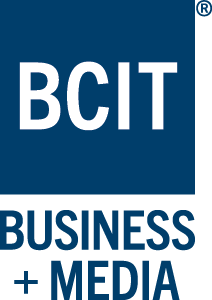







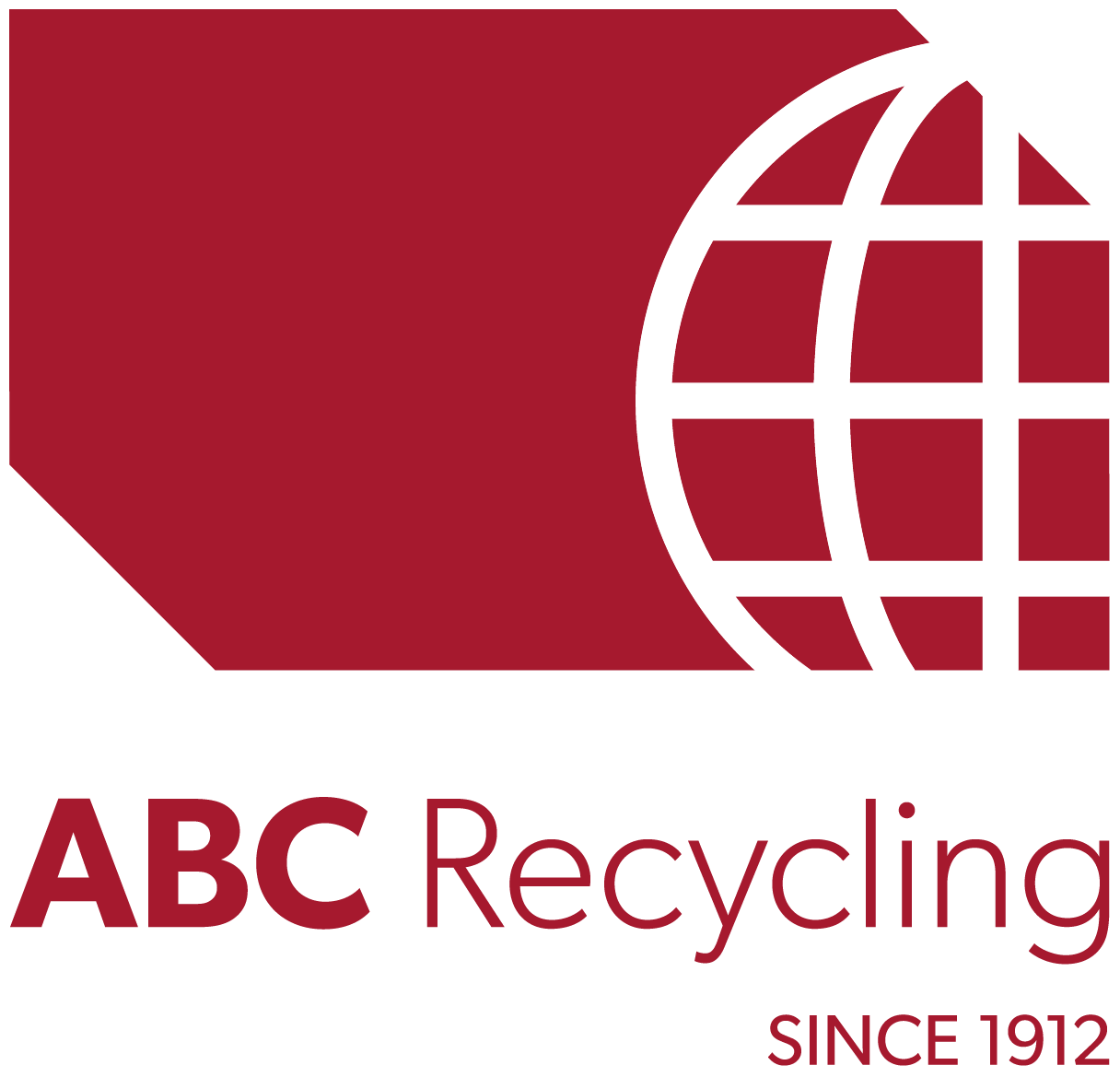

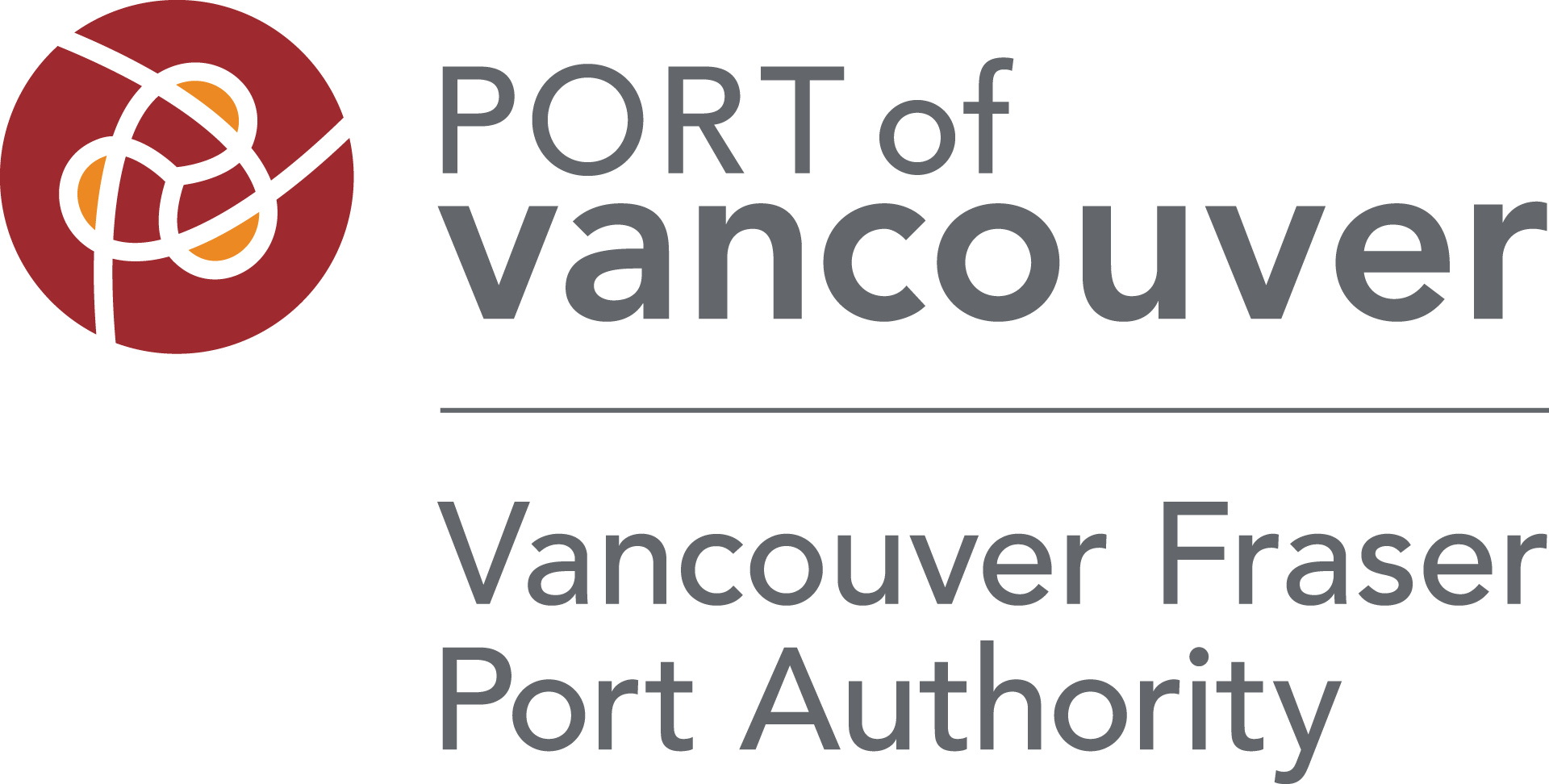

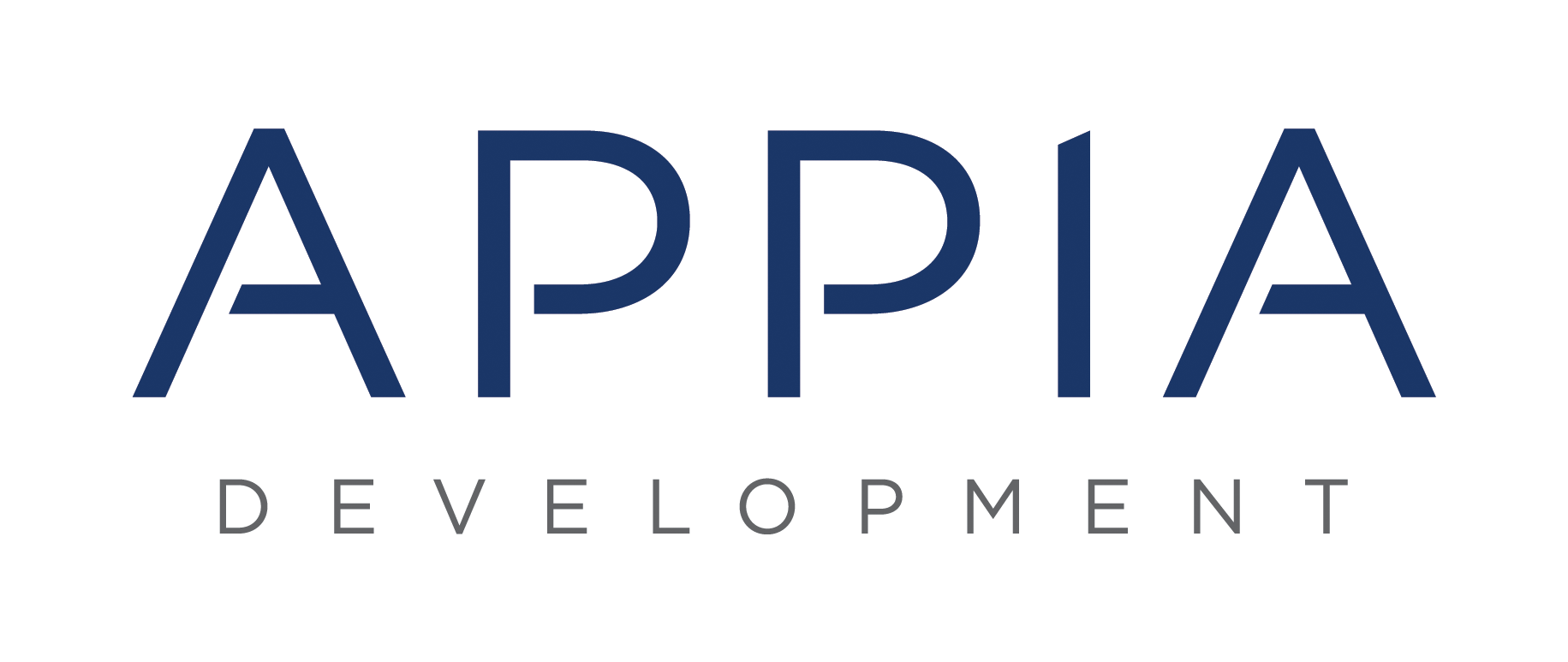
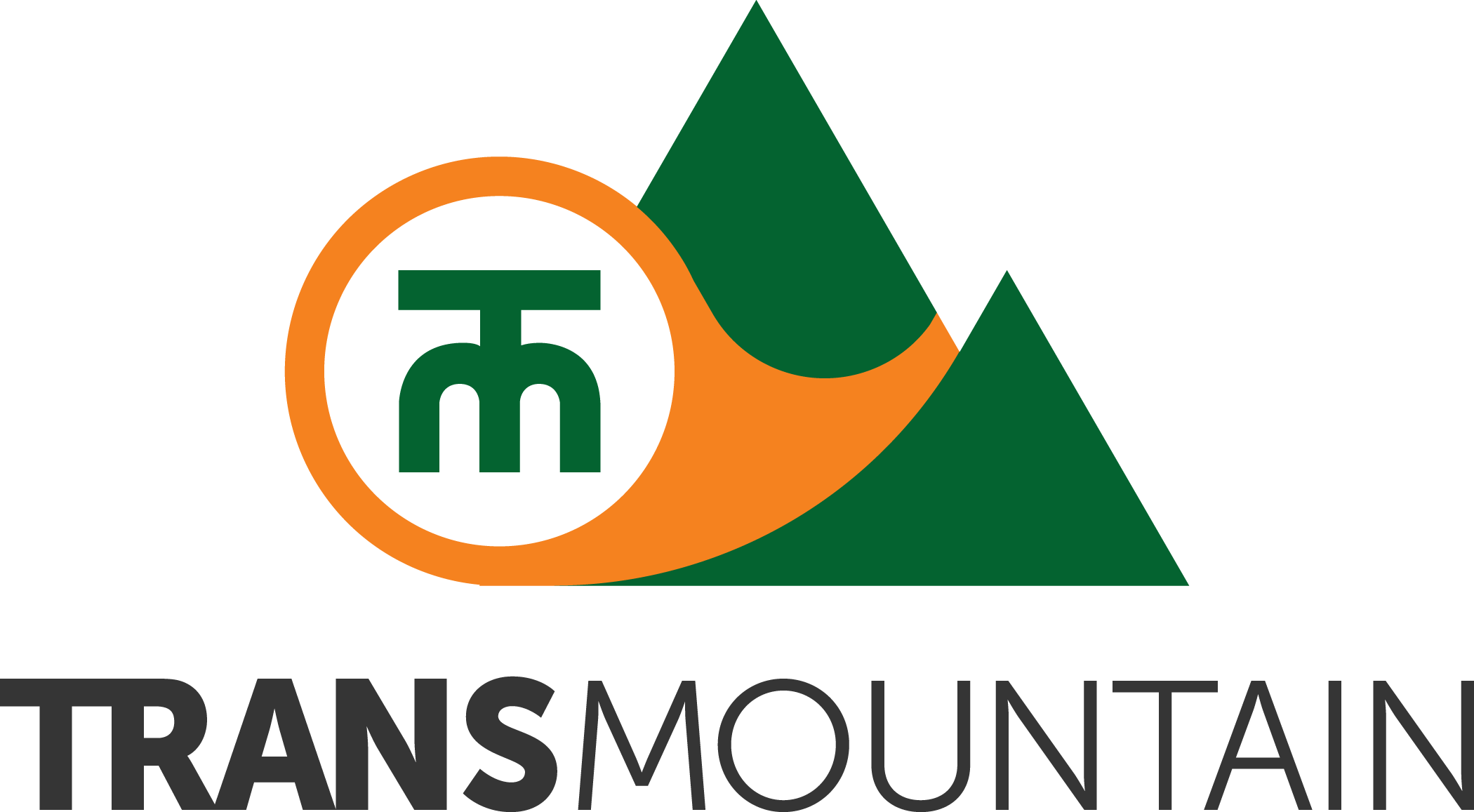


connect with us